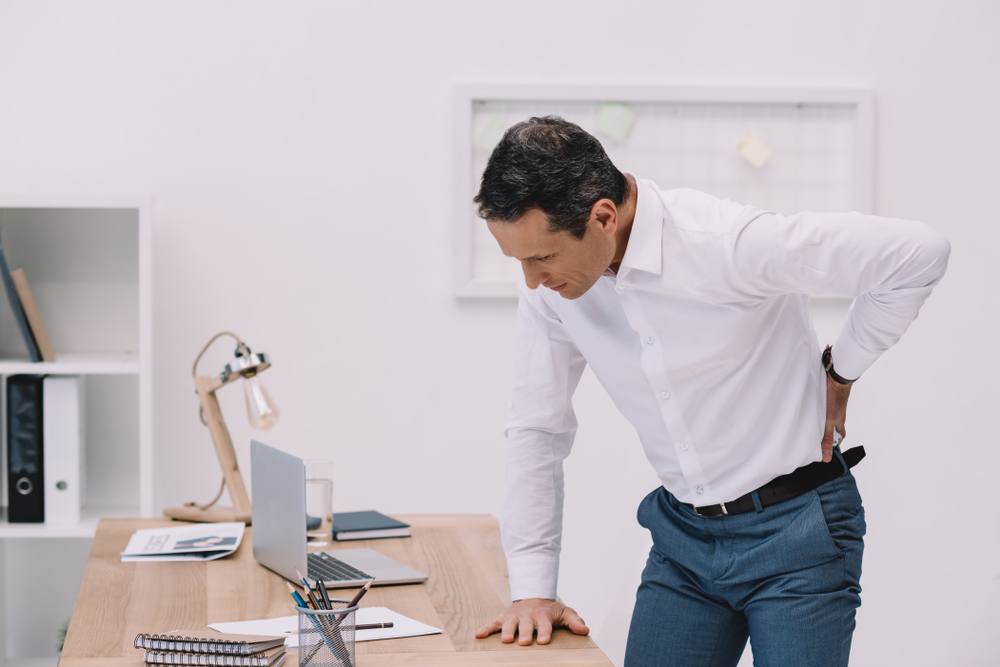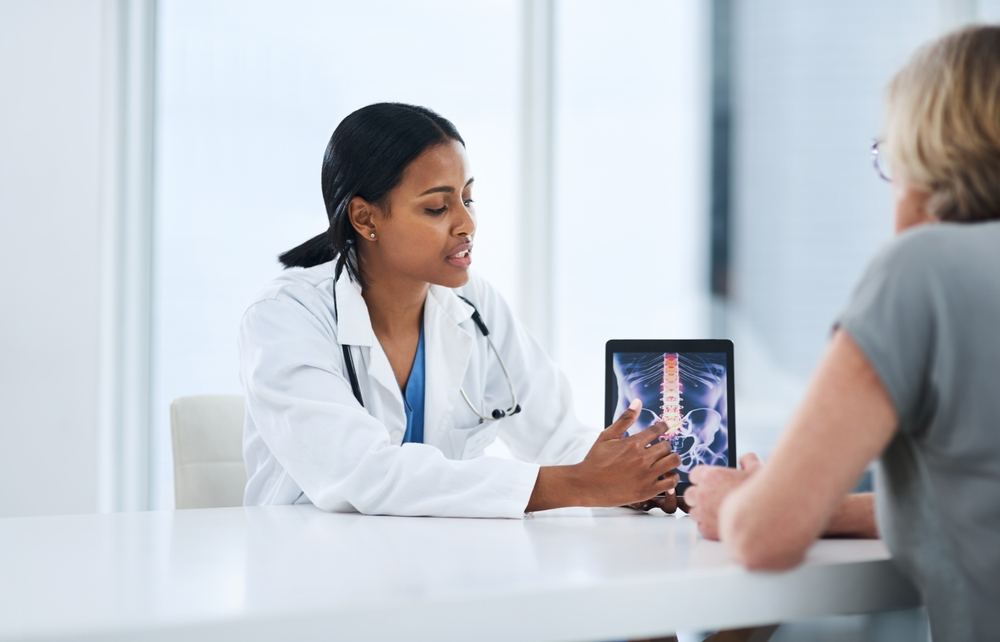 Car accidents can lead to a variety of injuries, with hip pain being a common complaint among survivors. Whether it’s a minor fender-bender or a more serious collision, the impact can put significant force on the body, causing trauma to the hips and surrounding areas. Understanding the causes of hip and leg pain after a car accident and seeking appropriate medical care is essential for recovery and long-term well-being.
Car accidents can lead to a variety of injuries, with hip pain being a common complaint among survivors. Whether it’s a minor fender-bender or a more serious collision, the impact can put significant force on the body, causing trauma to the hips and surrounding areas. Understanding the causes of hip and leg pain after a car accident and seeking appropriate medical care is essential for recovery and long-term well-being.
Understanding the Hip Joint and Hip Pain
The hip joint is one of the body’s largest weight-bearing joints and is made up of the femur (thighbone) and the pelvis. The hip is a ball-and-socket joint, with the rounded head of the femur fitting into the cup-shaped part of the pelvis. Surrounding the hip joint are strong muscles and ligaments that provide stability and support during movement.
Hip pain after a car accident can feel different depending on the underlying cause and severity of your injury. It may present as sharp, stabbing pain in the groin or outer hip, aching or throbbing discomfort that radiates down the thigh or buttocks, or a feeling of stiffness and limited mobility in the hip joint. In some cases, delayed hip pain after a car accident may occur with other symptoms like swelling, tenderness to the touch, or difficulty bearing weight on the affected leg.
Common Causes of Hip Pain After a Car Accident
Here are five potential causes of your hip pain after a car accident:
Contusions and Bruising
Sudden and powerful trauma to the hip area during a car crash can cause contusions, which are deep bruises that appear on the skin with damage underneath. While less severe than fractures or dislocations, hip contusions can still cause significant pain, swelling, and tenderness in the affected area.
Soft Tissue Injuries
The muscles, tendons, and ligaments around the hip joint can suffer strains, sprains, or tears due to the sudden impact of a car accident. This can cause different types of pain in the hip area, along with stiffness and difficulty bearing weight on the affected side.
Labral Tears
The hip labrum is a ring of cartilage that surrounds the hip socket, which provides stability and cushioning to the joint. A car accident can cause the hip to twist or rotate forcefully, leading to tears in the labrum. This can cause sharp pain in the hip, along with a feeling of instability or locking.
Hip Dislocation
In high-impact collisions, the hip joint can be forced out of its normal position, resulting in dislocation. This can cause severe pain, swelling, and an inability to move the hip joint properly. Hip dislocations require immediate medical attention to prevent further damage and restore normal joint function.
Hip Fractures
The intense force caused by a car crash can result in a fracture, also known as a broken bone, of the bones that make up the hip joint. Different types of hip fractures range from hairline cracks to complete breaks, which can cause intense pain, swelling, and limited mobility.
Diagnosis and Treatment by a Car Accident Doctor
 Seeking prompt medical attention for car accident injuries is crucial, especially if you experience hip pain or any other symptoms of injury. Your Snellville car accident doctor can perform a thorough examination and run diagnostic tests to find out exactly what’s causing your hip pain and develop an appropriate treatment plan. Here’s what you can expect when you visit AICA Orthopedics in Snellville for hip pain after a car accident.
Seeking prompt medical attention for car accident injuries is crucial, especially if you experience hip pain or any other symptoms of injury. Your Snellville car accident doctor can perform a thorough examination and run diagnostic tests to find out exactly what’s causing your hip pain and develop an appropriate treatment plan. Here’s what you can expect when you visit AICA Orthopedics in Snellville for hip pain after a car accident.
Physical Examination
Your car accident doctor will begin by conducting a physical examination, assessing the range of motion of your hip joint, checking for tenderness or swelling, and evaluating your gait and posture.
Diagnostic Imaging
To further evaluate the extent of your hip injury, your doctor may order imaging tests like X-rays, CT scans, or MRI scans. These diagnostic imaging tools can provide detailed images of the bones, joints, and soft tissues of the hip, helping to identify fractures, dislocations, ligament tears, or other abnormalities.
Pain Management
Depending on the severity of your hip pain, the doctor may recommend various pain management techniques to alleviate your discomfort and reduce inflammation in the area. This could include over-the-counter pain relievers, prescription medications, or localized injections of corticosteroids to reduce inflammation and relieve pain.
Personalized Treatment Plan
A car accident doctor will develop a personalized treatment plan that addresses your specific symptoms. They may recommend various treatment modalities, like chiropractic care or physical therapy, to improve strength, flexibility, and range of motion in the hip joint.
Surgical Intervention
For severe hip fractures, dislocations, or other complex injuries, surgery may be necessary to realign bones, repair damaged tissues, or replace damaged parts of the joint. A skilled orthopedic surgeon can perform procedures such as hip arthroscopy, fracture fixation, or hip replacement surgery to restore function and alleviate pain.
Physical Therapy for Hip Injury After a Car Accident
Physical therapy is a key part of rehabilitation for car accident hip injuries. Your Snellville physical therapist will play an important role in restoring function, reducing pain, and improving your overall mobility.
Physical therapy for hip pain after a car accident typically begins with an assessment to evaluate the extent of the injury, identify areas of weakness or limitations, and develop a personalized treatment plan. This plan may include a combination of therapeutic exercises, manual techniques, and treatment techniques aimed at reducing pain and inflammation, improving strength and flexibility, and promoting optimal healing.
Therapeutic Exercises
Physical therapists prescribe a variety of stretches and exercises that target the muscles surrounding the hip joint. These may include gentle stretches to alleviate tightness and improve your range of motion, as well as strengthening exercises to rebuild muscle strength and support the hip joint.
Manual Therapy Techniques
Hands-on manual therapy techniques such as joint mobilization, soft tissue massage, and myofascial release are often used to alleviate hip pain, improve joint mobility, and restore normal movement patterns in the hip and surrounding tissues.
Additional Techniques
Heat therapy, cold therapy, ultrasound, electrical stimulation, and more techniques may be used in along with therapeutic exercises and manual techniques to help reduce hip pain, inflammation, and other symptoms in the area. These treatment techniques can help support your recovery and enhance the effectiveness of other treatment interventions.
AICA Snellville for Hip Pain Treatment
Don’t let hip pain after a car accident keep you from your regular routines and activities. Visit AICA Orthopedics in Snellville for comprehensive care with our team of car accident doctors.
